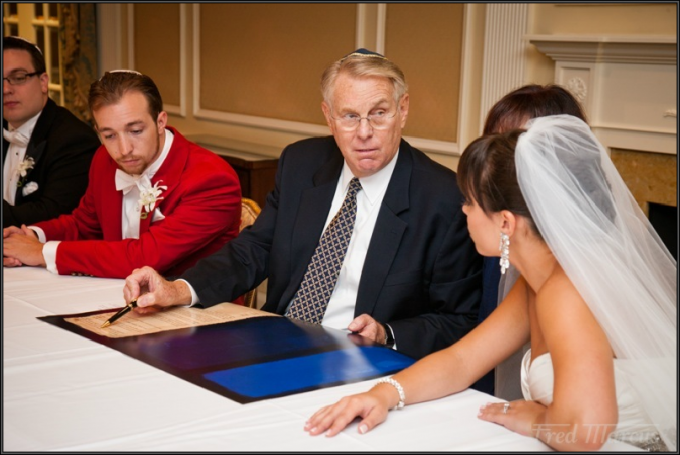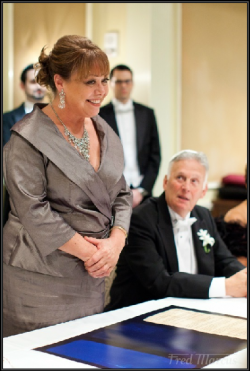Wikipedia makes two interesting points about Ketubot, which we will explore in more detail later on. I just want to throw them out for everyone to think about. First:
The ketubah is a significant popular form of Jewish ceremonial art. Ketubot have been made in a wide range of designs, usually following the tastes and styles of the era and region in which they are made. Many couples follow the Jewish tradition of hiddur mitzvah which calls for ceremonial objects such as the ketubah to be made as beautiful as possible.
In other words, it is a Mitvah — hiddur mitvah — to design the Ketubah as beautifully as possible. Many of you probably knew this; I didn’t, I will confess.
Secondly, on displaying the Ketubah in the couple’s house, La Wik says:
Display
Ketubot are often hung prominently in the home by the married couple as a daily reminder of their vows and responsibilities to each other.
However, in some communities, the ketubah is either displayed in a very private section of the home or is not displayed at all. Various reasons given for this include the fact that the details specify personal details, prominent display may invite jealousy or fears of the evil eye.
That is to say: the Ketubah is usually displayed in the house, as my parents and Grandparents did–but they are Ashkenazi. But this custom is weaker among the Sephardim, due to their not wanting to publicize the details of the contract. Luckily, few people today read ancient Aramaic.





